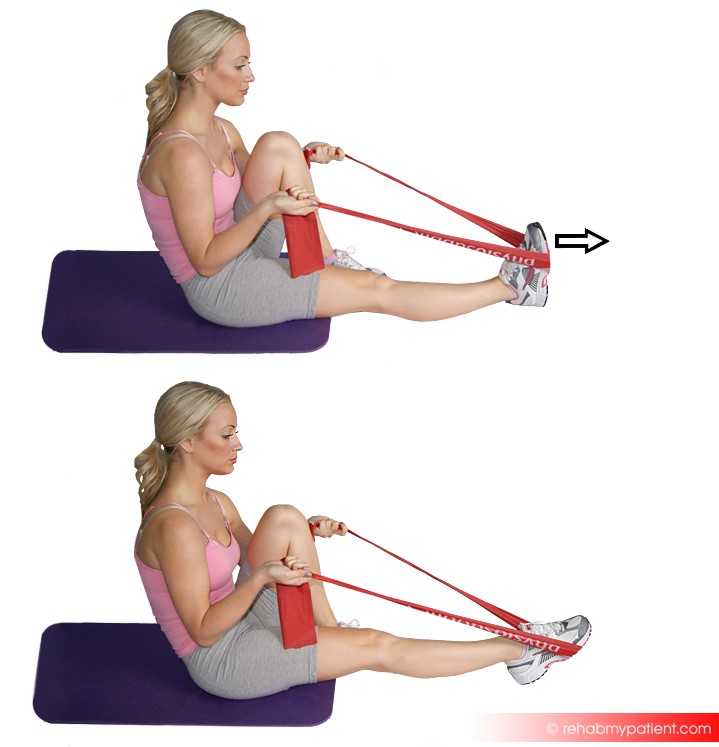
Peroneal tendinopathy results from an injury to the peroneal tendons. You will find these tendons on the outside of the ankle running up the outside of the shin. You might end up having a small tear or inflammation in these tendons. Pain can either be short, intense or sharp (acute) or long-lasting (chronic). Tendinopathy tends to be more of a long-lasting condition. The injury is treatable.
Tendinopathy literally means tendon pathology, or injury to the tendon, although in most cases it’s referred to as an over-use injury.
Peroneal Tendinopathy Occurs From:
- Acute trauma to the ankle joint, such as a sudden twisting of the foot or ankle. As a result the peroneal tendons try to stabilize the ankle, and over-work.
- Overstretching of the foot, such as for those with a high arch.
- Injuries from repeatedly overusing the joint, such as an injury from basketball, racket sports, manual work, long distance running and skiing.
- Poor foot and lower leg biomechanics.
Peroneal Tendinopathy Anatomy
Three different bones compose the ankle joint: the shin bone (tibia), the smaller bone within the lower leg (fibula) and the small bone nestled between the heel bone and the fibula and the tibia (talus). The peroneus tendons run along the outside of the leg. They wrap around the ankle bone on the outside of the ankle. There are three peroneal muscles: peroneus longus, peroneus brevis, and peroneus tertius.
How to Treat Peroneal Tendinopathy:
- Sports Brace/Support
Splints, supports or braces might be necessary. They help to keep the ankle and foot from moving. It helps to stabilize the ankle, thus removing the lateral displacement and pressure on the peroneal tendons.
- Medication or Injections
You might be prescribed with pain medication to help relieve pain. Steroid injections are often used, but they need to be used with care. Speak to your provider about this form of treatment before you decide to use injections.
- Surgery
This is rare but surgery might be needed to repair the structures of your foot and the tendons. Depending on how severe the injury is, this might be the only line of defense to treat your condition.
- Physical Rehabilitation
This is the most common form of treatment. Therapists will first work on the soft tissues around the lower leg and ankle, then prescribed exercises to help you to regain movement and strength within the ankle and foot.

Tips:
- Make sure any ankle sprains are fully healed before you rush back in to any sort of activity where you have to use the foot and ankle continually.
- Build muscles in the body. Stay agile and strong. Committing to a regular strength training program involving the ankles and feet is crucial.
- Take the time to warm-up before you head out and start exercising. Stretch the calf muscles at least one hour prior to exercise if you have tightness in the calves.
- When it comes to participating in activities and exercising, take the time to try and avoid placing yourself into a situation where you are at risk for traumatizing the ankle.
- If you have a history of ankle instability, which is weak or bad ankles, you are more at risk for developing this condition. Working on your balance will help. Ask your therapist for advice and exercises.
Sign UP
Sign up for your free trial now!
Get started with Rehab My Patient today and revolutionize your exercise prescription process for effective rehabilitation.
Start Your 14-Day Free Trial